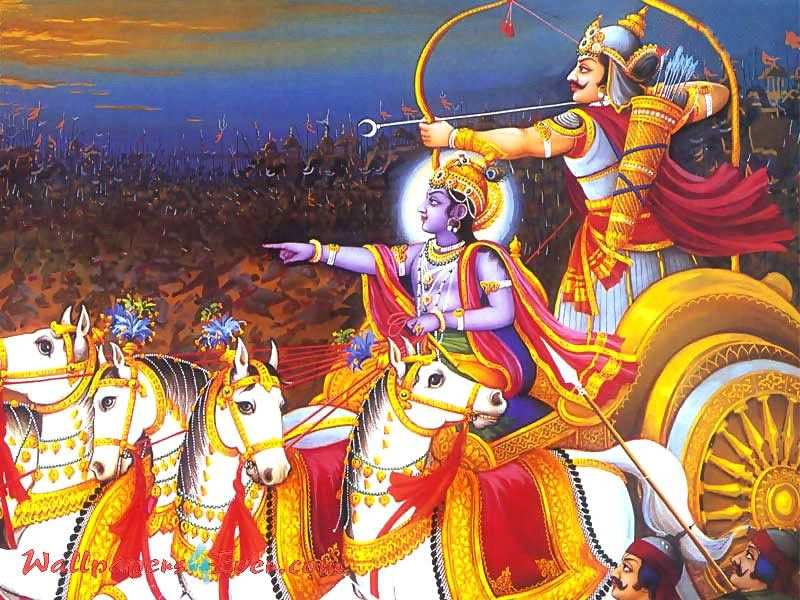
Main stream scientists will hate it, so will the pseudo-intellectuals, but as
Mahabharata is one of the two major epics of ancient India and is written in Sanskrit. It consists of the epic narrative of the Kurukshetra War apart from the devotional and philosophical aspects of the goals of life. The Kurukshetra war had witnessed a lot of ancient weaponry which was far more advanced and futuristic than what we posses today.
The concept of
The function of an Astra is more than that of a missile. It is said that Astras used in Mahabharata probably might have also used technologies of emitting most dangerous rays like Gamma and others, which have exceptional powers to penetrate. Some Astras returns to the person who launches it, for instance, Krishna's Sudharsana Chakra. This may be similar to the reusable missiles which the
Astras were also used for defensive purposes similar to a Tesla Shield which is used to destroy the enemy Astra coming towards it. The modern "Tesla shield" discharges electrical energy and any incoming physical object which hits the shell receives an enormous discharge of that energy and instantly vaporizes. It can also be compared to the anti-missile air defense system of the modern times.
India has a Beyond Visual Range Air to Air Missile (BVRAAM) named Astra. Astra is designed to be capable of engaging targets at varying ranges and altitudes allowing for engagement of both short-range targets (up to 20 km) and long-range targets (up to 80 km) using alternative propulsion modes and the missile is technologically more sophisticated than the nuclear capable Agni missile series of strategic ballistic missiles.
Weapons used in Mahabharata
Astras like Brahmashira, Brahmasthra, Pasupatasthra, Vaishnavasthra, Narayana Astra, Agneyasthra, Vayavasthra, Nagasthra, Vajrasthra, Varunasthra etc. were used in Mahabharata along with positive indications of the use of Nuclear weapons, otherwise how could the war cause the death of around 1.5 billion people in a matter of 18 days. The wide degree of devastation found at the site of Mohanjo Daro corresponds exactly to Nagasaki. Davenport, who published his findings in a book named, "Atomic Destruction in 2000 B.C.", in 1979 had said that there was an epicenter about 50 yards wide where everything was crystallized, fused or melted.
Barbarika, a character in Mahabharata, had the ability to mark its targets either to save it or to destroy it with the help of his unique Astras. Now consider this, India's DRDO has a two-stage missile named Nirbhay which has the capability of picking out a target and attacking it among multiple other objects. The missile also has a loitering capability, i.e., it can circumvent a target and perform several maneuvers and then re-engage it.
The Vedic Concept
The Vedas (meaning “knowledge”) comprises of four ancient Indian texts, with the oldest dating back about 1500 BC to 1200 BC. They are also the oldest writings of Hinduism. The four texts of the Vedas include Rigveda, Yajurveda, Sama-Veda, and Atharva-Veda.
The Vedas influenced many from
"Death I am, cause of destruction of the worlds..."
When Oppenheimer was asked if this is the first nuclear explosion, he significantly replied: "Yes, in modern times," implying that ancient nuclear explosions may have previously occurred.
It is said that science and religion are not different; it's just that science is too young to understand it. Mahabharata and the Vedas have influenced a generation of the scientists and is still relevant in creating the cutting-edge advanced and futuristic technologies for the mankind including the modern weaponry and warfare.
